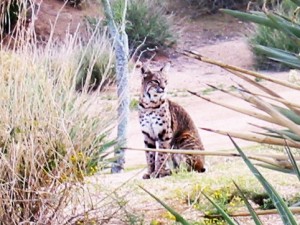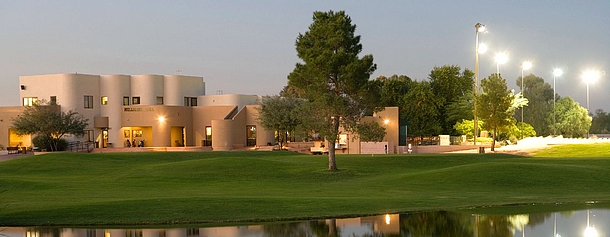The Buzz: Nestled in the foothills of the Santa Catalina Mountains, the Catalina course at Omni Tucson National has hosted more than 30 PGA Tour events and countless amateur championships while providing its guests with one of the best golf resort experiences in Arizona. In fact, it has been named one of Golf Digest’s “75 Best Golf Resorts in North America” and is a Conde’ Nast Silver Award winner, all with good reason.

The National, as many locals call it, provides a first-class experience all the way around, and that certainly includes its two golf courses – Catalina and its baby sister, the Sonoran Course. Catalina is a traditional, tree-lined layout that originally was designed in 1960 by noted architect Robert Bruce Harris. Now, Robert von Hagge and Bruce Devlin often are recognized as the designers, and they probably deserve the credit because they overhauled much of what Harris created and added another nine holes, which later became part of the second course. Catalina began hosting a PGA Tour event that was played under about 15 names before being erased from the tour schedule, and its winners included Arnold Palmer, Tom Watson, Lee Trevino and Phil Mickelson. Its most famous champion, however, was Johnny Miller, who captured the title three consecutive years from 1974-76, earning him the title “The Desert Fox.”
The Champions PGA TOUR chose the Catalina course to host its Cologuard Classic PGA TOUR Champions event beginning in 2015 to take advantage of all the trademarks of this plush layout. You can expect a stout defense of his title from reigning Cologuard Classic champion Bernhard Langer, World Golf Hall of Famer, when the tournament returns February 21-28, 2021.
Catalina has four sets of tees at 7,262, 6,610, 5,717 and 5,414 yards. The par-73 is rated at 75.4 with a slope of 136 from the tips and tends to play longer than the yardage suggests. Although the terrain is fairly level, plenty of challenges are created by trees lining the fairways, water hazards that come into play on seven holes and more than 80 strategic bunkers, some of which are very deep and penal. Course knowledge is a definite bonus on this layout, especially with its dogleg holes, where bunkers and hidden ponds are positioned to dissuade golfers from cutting corners. Greens are pure, medium in size and feature undulations that put a premium on high, soft approach shots.
Signature holes are the ninth and 18th, a pair of par 4s of similar length. No. 9, at 436 yards, is a sharp dogleg right with a lake lurking around the right side of the elbow. With that, the tee shot requires both length and precision, and an approach to an elevated green well protected by bunkers front and back.
The finishing hole, at 443 yards, annually ranked as one of the five toughest holes on the PGA Tour when it was part of the rotation. The dogleg right has large lakes squeezing both sides of the fairway, creating a somewhat blind tee shot, which leaves a mid- to long-iron to an elevated green protected by large, deep bunkers front, left and back. On the way to one of his two tour victories at National, Mickelson once dazzled fans and fellow pros by intentionally skipping a shot across the lake on the left side because he had to hit his ball under overhanging tree branches. Palmer, on the other hand, once took a seven on this hole, costing him the tournament title.
When your round is finished, there are several places to relax, including the poolside Cabana Bar, Legends Bar & Grill overlooking the 18th green, and Bob’s Steak & Chop House. This resort has a more intimate feel than most of the others that have been built further north in recent years, but offers plenty of five-star amenities, including 167 well-appointed guest rooms, casitas and haciendas, a fitness center, luxurious spa, swimming pools, hot tubs and tennis courts.













